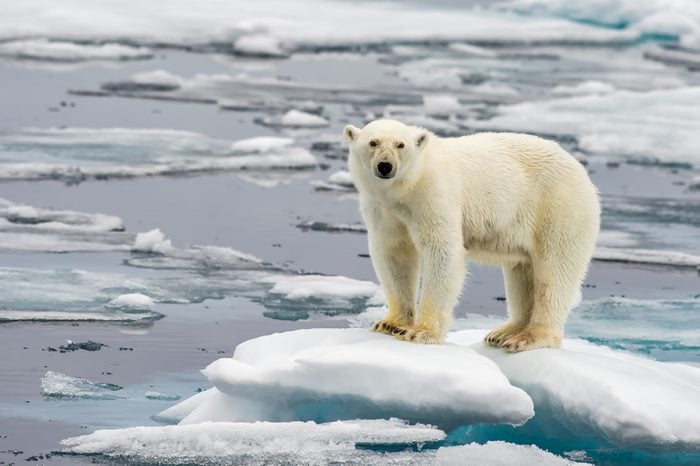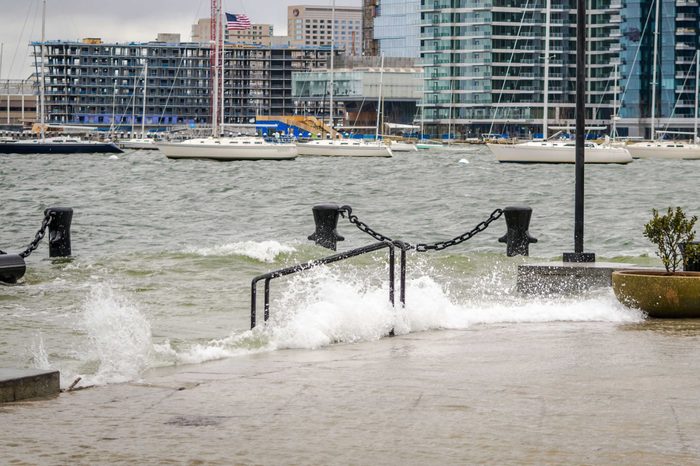
Higher sea levels
Glacial ice accounts for about 10 percent of all the landmass on our planet. There’s some 5.8 million miles of it, and it stores almost 70 percent of our planet’s freshwater, according to the National Snow & Ice Data Center. What happens when it melts? Put simply, it causes sea levels to rise. If all glacial ice were to melt, it would cause the sea level to rise 230 feet around the world.
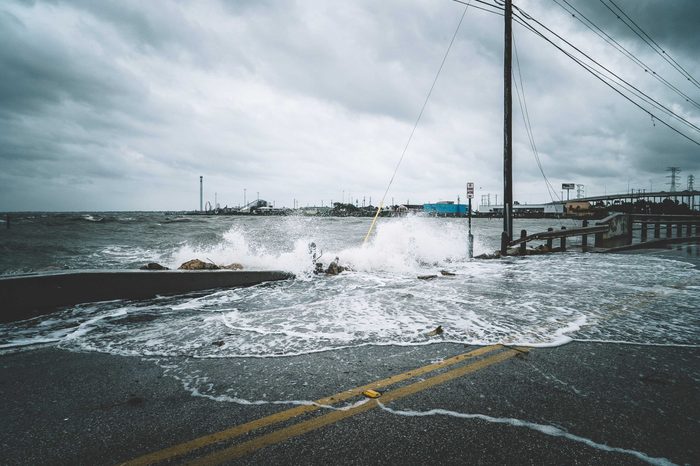
Changes to land configurations
Higher seas mean that land along Earth’s coastlines will be swallowed up by water. As a recent report in Grist determined, based partially on a new study in Nature, if two glacial areas in Antarctica—Pine Island and Thwaites—were to collapse due to our warming climate, a three-foot sea-level rise within the next 50 years would make most of the Pacific’s Marshall Islands disappear. But a more likely six-foot rise would completely submerge Shanghai, Mumbai, and Ho Chi Minh City—as well as these 13 islands, which are projected to disappear in the next 80 years.
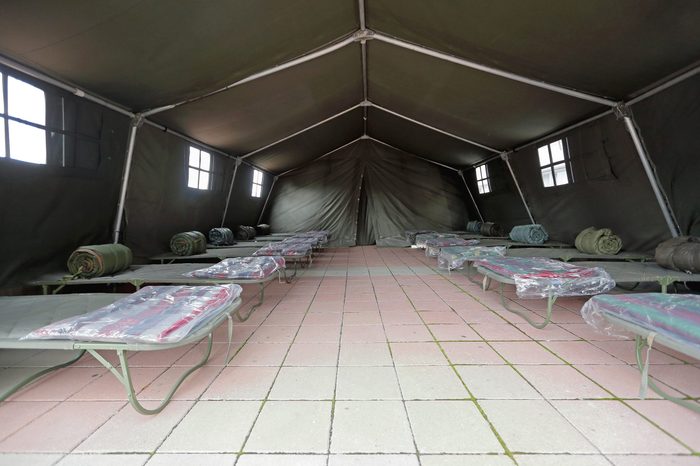
Displacement of people
When habitable land becomes uninhabitable due to the fact that it’s, well, underwater, terrestrial species clearly can no longer reside there. That goes for humans, of course, about 2 billion (out of a projected global population of 11 billion) of whom could become climate-change refugees by the year 2100, according to Cornell University researchers. Right now, these are the most populated cities on Earth.
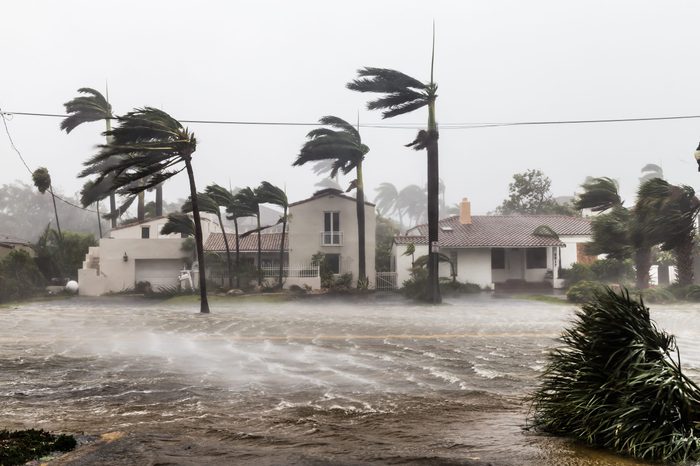
Intensified storm surges
Higher sea levels also pose other challenges to people—and to countries as a whole. Those Cornell University researchers add that intensified (and increasingly dangerous) storm surges will send floodwaters pushing ever farther inland. As a result, there will be less land available, and a population that’s possibly already moved due to changes in coastal outlines will likely now have to contend with conflicts over the in-demand areas. Plus, the government may have to sell off public lands to accommodate these new settlers.
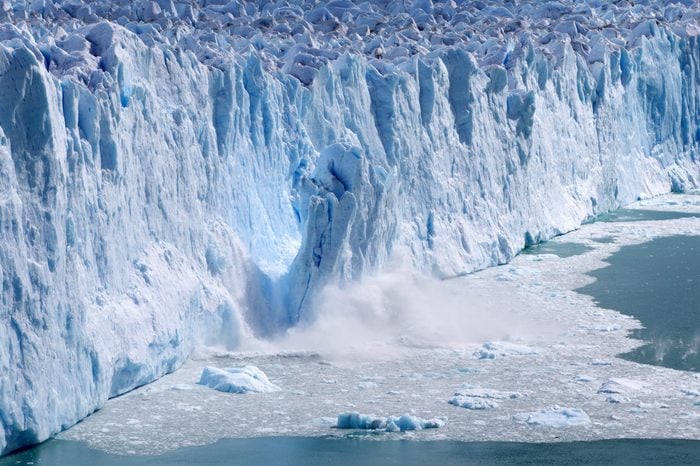
New land uncovered
Some land will be swallowed up by glacial melt. Other land will be uncovered as ice retreats. But there’s more to it than that. Glacial ice is heavy, and when it disappears, a massive weight is lifted from the land beneath it. That land responds with something called post-glacial rebound, in which it starts to bounce back up to its pre-glacial configuration, according to AntarcticGlaciers.org. The effects aren’t necessarily positive. In fact, this can lead to the formation of new lakes, land becoming cut off from other land, and increased flooding. With the imminent dangers they now pose, it can be difficult to remember that glaciers are actually gorgeous.
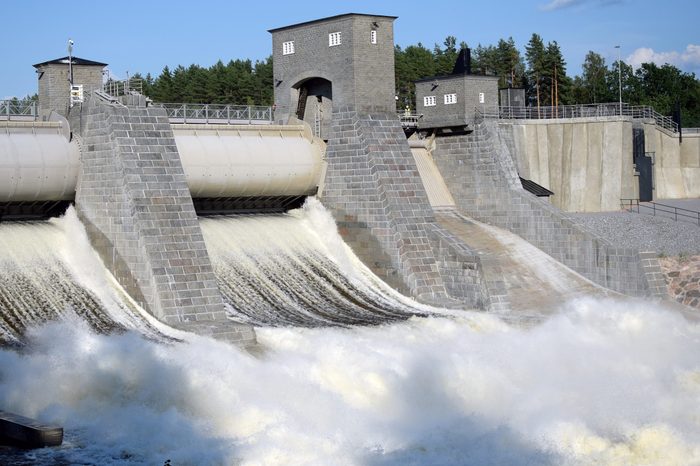
Less drinking water
Glacial ice melts and remelts seasonally in certain regions, and people there—in the Andes Mountains, Tibetan Plateau, and Indus Valley, for example—have long depended on this flux so they have ample water for drinking, farming, and hydropower. Although glacial melt will give them more water initially, it will lead to severe shortages in the long run, researchers from Ohio State University found.
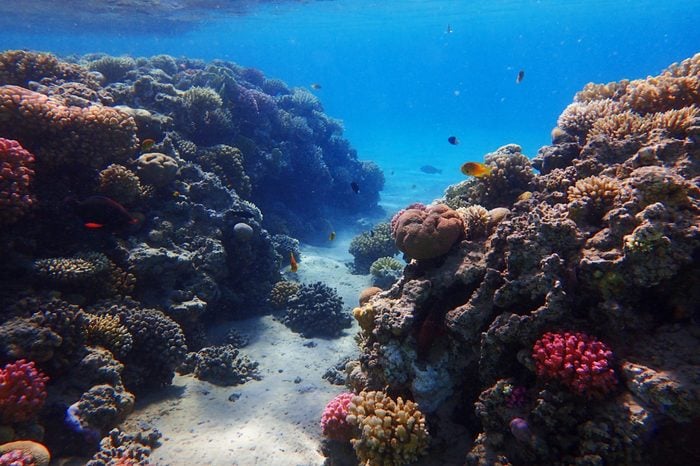
Increased ocean acidification
The warming climate has already been leading to increasingly acidified oceans, which have grave effects on coral and and other sea life. And research from scientists at the University of Alaska Fairbanks Ocean Acidification Research Center found that glacial melt could exacerbate this—leading to a corrosive effect on shell-building organisms that could trigger a negative domino effect throughout the food web. These are 15 breathtaking places around the world to visit before they disappear.
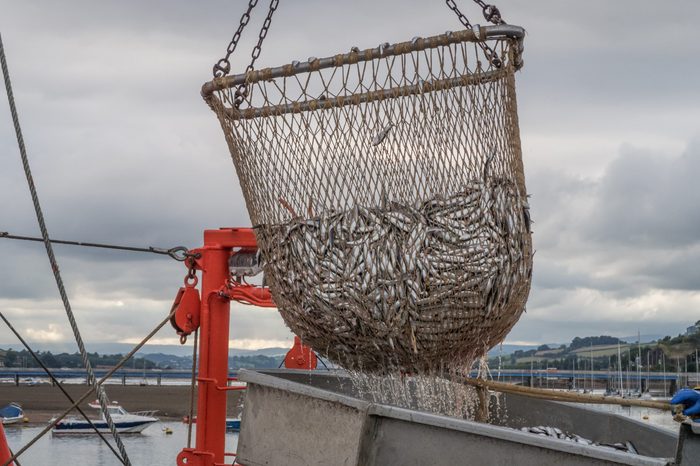
Fisheries in trouble
An increasingly acidified ocean greatly affects the amount of fish that’s available as a food source—both for other marine life and for humans, according to a recent and disturbing report from United Nations’ Intergovernmental Panel on Climate Change (IPCC). With warmer waters leading to changes in terms of when and where fish spawn, some fisheries—like those in the Gulf of Maine—have already collapsed, says the World Wildlife Fund.
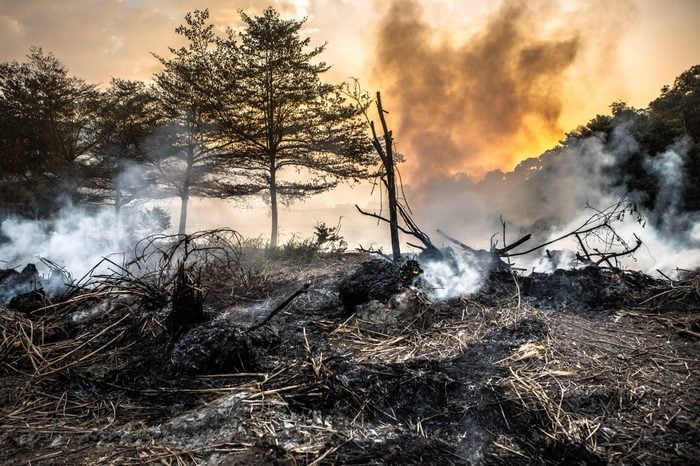
More extreme weather
Vox, reporting on two papers published simultaneously in the journal Nature, found that the implications for melting ice are broader than we originally imagined and affect our global weather. Ice melt disrupts weather patterns that oceans normally help to regulate, which can lead to much hotter temperatures in some regions and much colder temperatures in others.
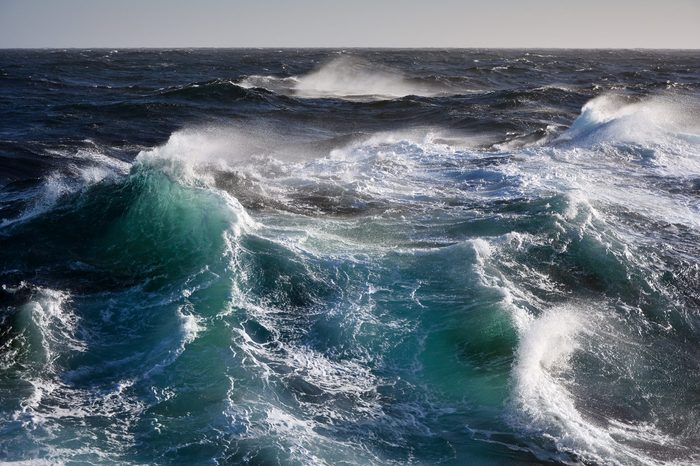
Increased carbon dioxide
As a recent article in National Geographic points out, oceans absorb a critical one-third of human-generated carbon dioxide and keep it out of the atmosphere. But with increased warming and glacial melt, ocean CO2 levels are on the rise and might lose their ability to absorb any more. Increased carbon in the water could significantly change conditions for marine animals as well.
Animal extinction
Melting glaciers don’t just have massive implications for humans. They’re threatening every species of wildlife imaginable, forcing them to relocate as their habitats become unlivable. A paper in Science purports that faster animals, and those accustomed to long migrations, might have the best chance of surviving glacial melt, while slower ones, like turtles, may face extinction much sooner. Whether it’s due to climate change or another reason, these are 14 beautiful animals that could disappear in your lifetime.

